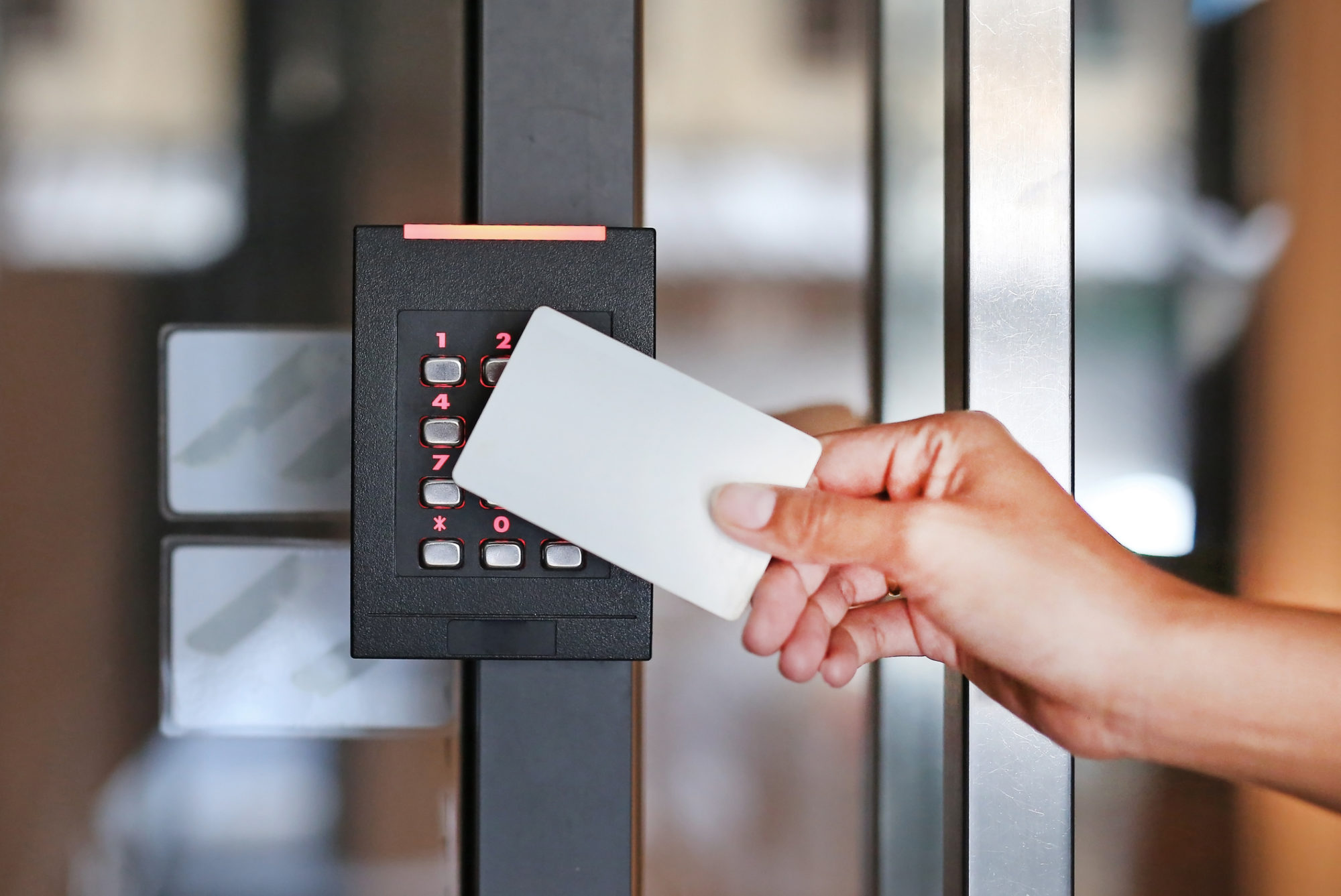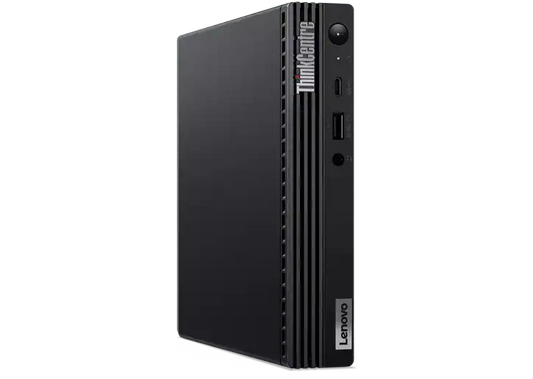Five Critical Strategies for Implementing a Robust Physical Security System

In today’s world, the importance of physical security cannot be overstated, whether it's for protecting business assets, ensuring the safety of employees, or safeguarding sensitive information. A successful physical security deployment involves a combination of strategy, technology, and human resources. Here are five key elements to consider when implementing a robust physical security system for your business or organization.
1. Comprehensive Risk Assessment
Understand Your Vulnerabilities
Before deploying any security measures, conduct a thorough risk assessment. Identify potential threats, vulnerabilities, and high-risk areas within your premises. This assessment should consider factors like location, type of business, foot traffic, and previous security incidents.
Tailor Your Security Plan
Based on this assessment, tailor your security strategy to address specific risks. This approach ensures that resources are allocated effectively, and security measures are relevant to the threats you are most likely to face.
2. Integration of Advanced Technology
Invest in the Right Tools
Incorporate advanced security technologies that align with your identified risks. This can include surveillance cameras, access control systems, alarm systems, and perimeter security solutions like gates and barriers.
Stay Updated
Keep up with technological advancements in security. Modern solutions like AI-powered surveillance and biometric access controls are becoming increasingly accessible and can offer superior protection compared to traditional methods.
3. Effective Access Control
Restrict Unauthorized Access
Implement strict access control measures to manage who enters and exits your premises. This might include electronic keycards, PIN codes, biometric scanners, or a combination of these systems.
Monitor and Manage Access
Ensure that access control systems are monitored and managed efficiently. Regularly update access rights, especially when employees leave or change roles, and conduct periodic audits to ensure the system’s integrity.
4. Regular Training and Awareness Programs
Educate Your Staff
Employees should be trained to understand the security protocols and their role in maintaining a secure environment. This includes recognizing potential security threats, proper handling of security systems, and understanding emergency procedures.
Foster a Security-Conscious Culture
Create a culture where security is everyone’s responsibility. Encourage employees to report suspicious activities and ensure they understand the importance of following security protocols.
5. Continuous Evaluation and Improvement
Regularly Review Your Security Measures
Security needs evolve, and so should your security strategies. Regularly review and evaluate the effectiveness of your security measures. This includes analyzing incident reports, feedback from staff, and technological advancements.
Adapt and Upgrade
Be prepared to adapt and upgrade your security measures in response to new threats, changes in your business operations, or technological advancements. Continuous improvement is key to staying ahead of potential security risks.
Conclusion
Deploying an effective physical security system is a multifaceted endeavor that requires careful planning, the right technology, diligent management, and a company-wide commitment to security. By conducting thorough risk assessments, integrating advanced technology, implementing effective access control, training staff, and continually evaluating and improving your security measures, you can create a robust security environment that protects your assets, employees, and business operations. Remember, physical security is an ongoing process, not a one-time implementation, and staying vigilant is the key to successful security deployment.



